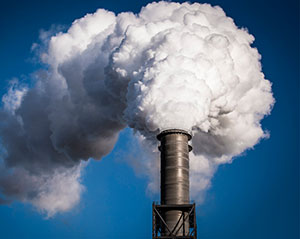% fossil fuels in primary energy consumption
The share of fossil fuels is expected to substantially decrease globally, almost halving to reach 42% in 2050.
-38 points
In the share of fossil fuels in primary energy consumption.
The share of fossil fuels is expected to substantially decrease globally, almost halving to reach 42% in 2050.
In our EnerBlue scenario, in line with NDCs and country pledges, the share of fossil fuels will quickly drop to below 43% of the primary mix in 2050 in almost all regions, down from a historical average of 80% worldwide.
Breakdown by region | EnerBlue scenario
Loading...
Trend over 2000 - 2050 - EnerBlue scenario
World
Loading...
EnerFuture provides energy projections up to 2050. Our service offers clear insight into the future of energy demand, prices and GHG emissions.
More informationEnerdata's long-term MACC allow you to gain unique insight and comprehensive data from the globally recognised POLES model.
More information


